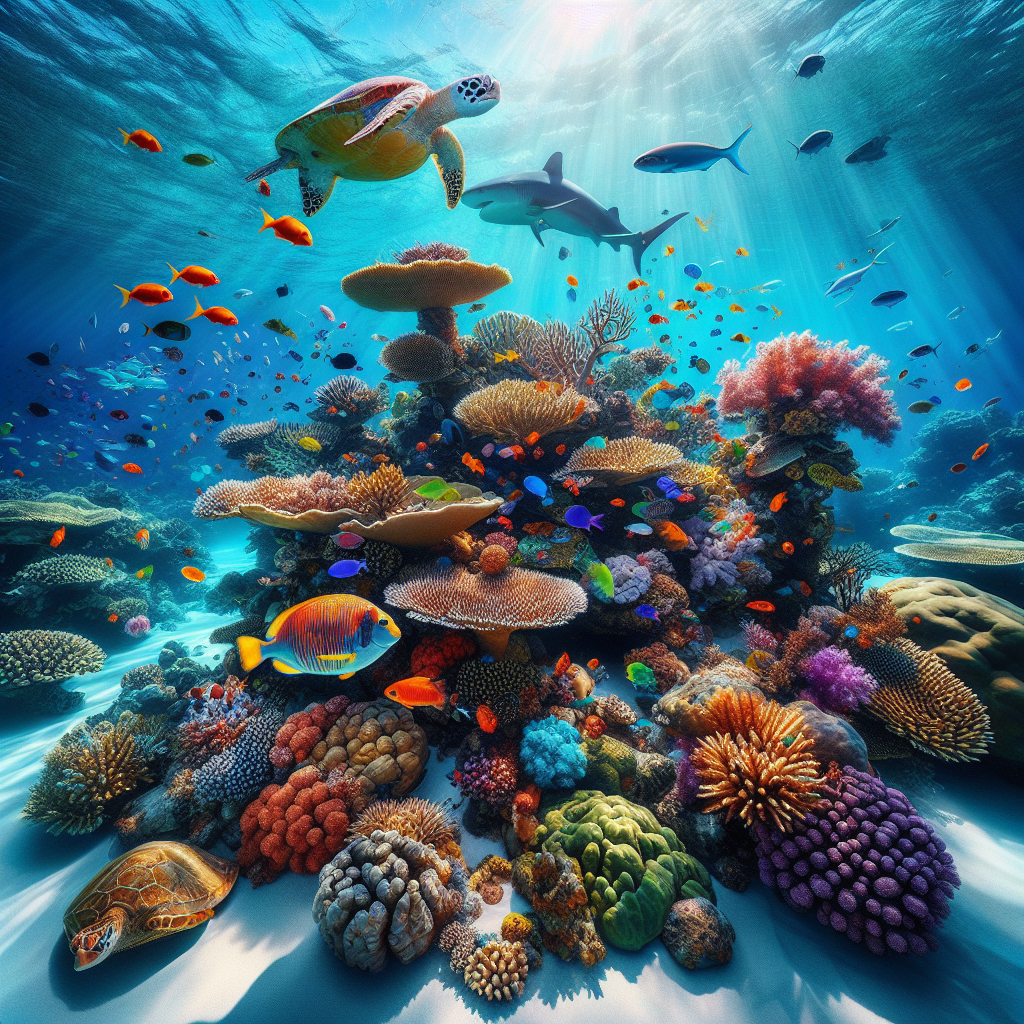Cold Currents: Nature's Lifeline for the Great Barrier Reef
Amid increasing climate threats, certain coral reefs like Australia's Ribbon and Swains are escaping severe bleaching due to cold water upwellings. These cooler refuges offer hope for biodiversity preservation, as they may safeguard coral species and enable adaptation to rising temperatures, despite global warming challenges.

In the face of growing climate change threats, a glimmer of hope emerges for the Great Barrier Reef, with some reef groups escaping severe bleaching. This happens due to cold water upwellings, which periodically bathe these reefs with cooler water, providing a refuge amid the marine heatwaves.
New research highlights the importance of these cooler havens, such as the Ribbon Reefs and the Swains reef complex. These areas might ensure the survival of diverse coral species, serving as natural buffers against global warming and offering a chance for corals to adapt to changing heat regimes.
Climate change remains the largest threat to coral reefs, but with effective safeguarding strategies and emission reductions, there's potential to preserve these vital ecosystems into the future, maintaining the rich biodiversity that characterizes the Great Barrier Reef.
(With inputs from agencies.)










